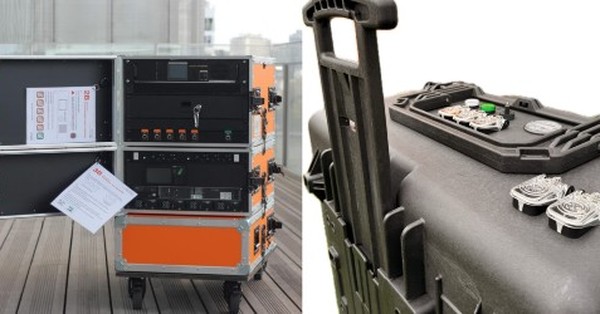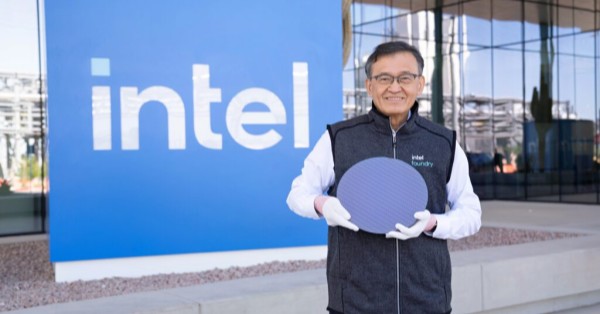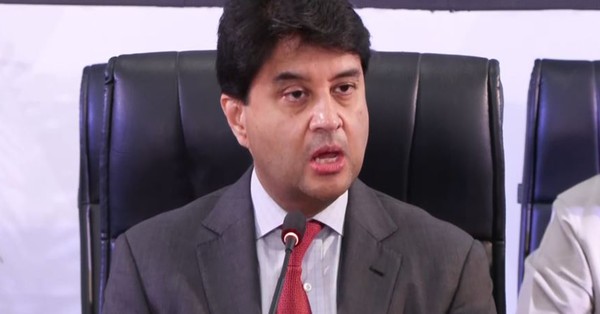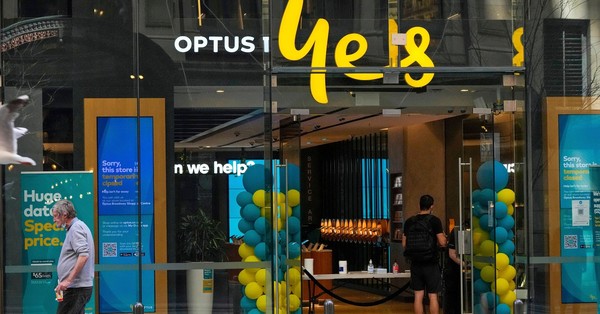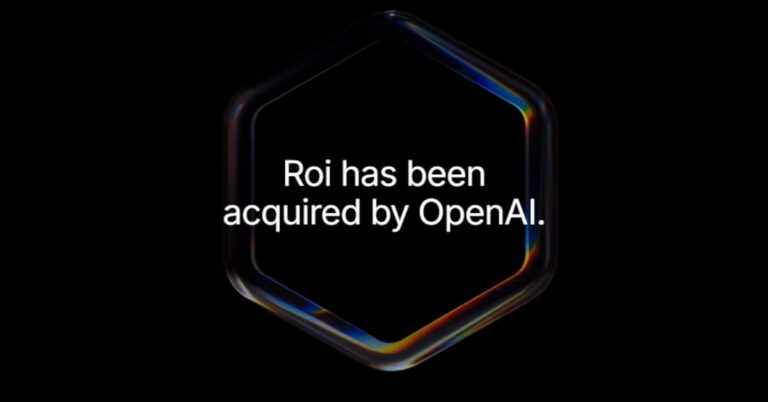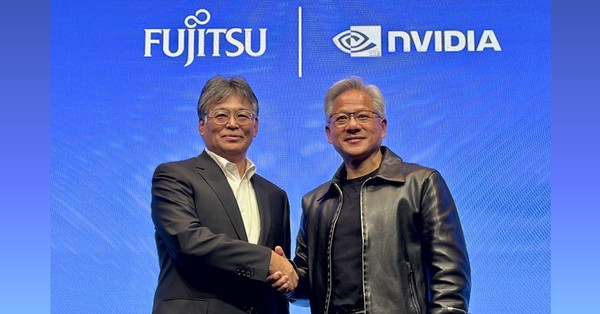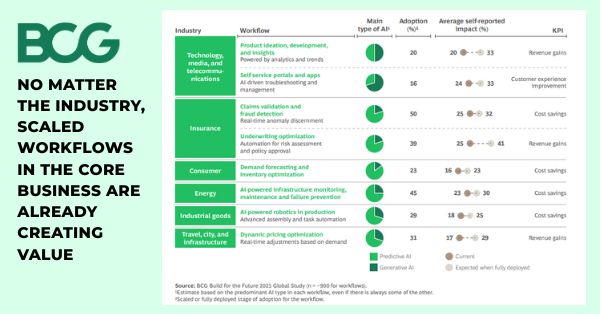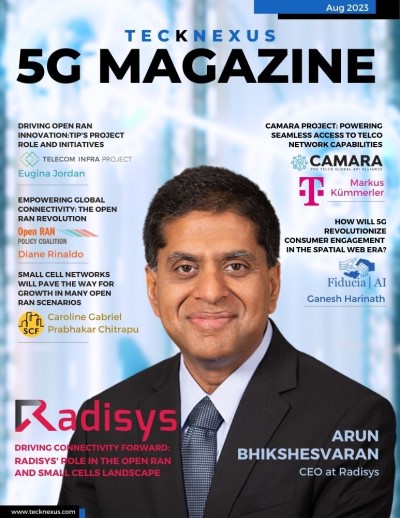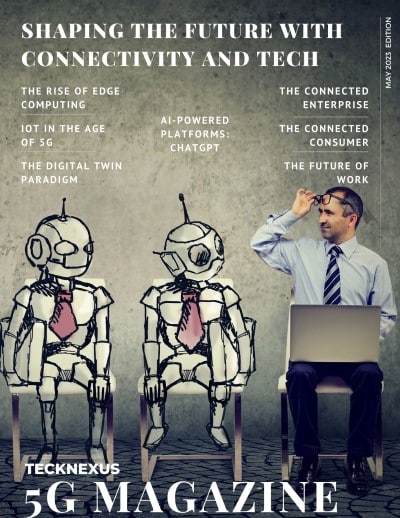- Tech News & Insight
- October 10, 2025
- Hema Kadia
SafetyCase—Orange Business’s portable emergency telecoms unit—now bonds terrestrial access with OneWeb’s LEO satellite backhaul to keep voice, data, and video online when fixed and mobile networks fail. The move adds low-latency satellite links from a European operator to a solution already engineered and built in France, aligning with sovereignty and continuity mandates across the EU. The target users include first responders, public safety agencies, local authorities, operators of vital importance (OVIs), and essential enterprises. LEO adds a robust, geographically independent path that supports modern, IP-based coordination tools—push-to-talk over LTE/5G (MCX), live video, GIS—and does so with the latency profile field teams require.


